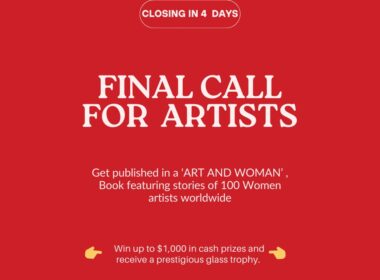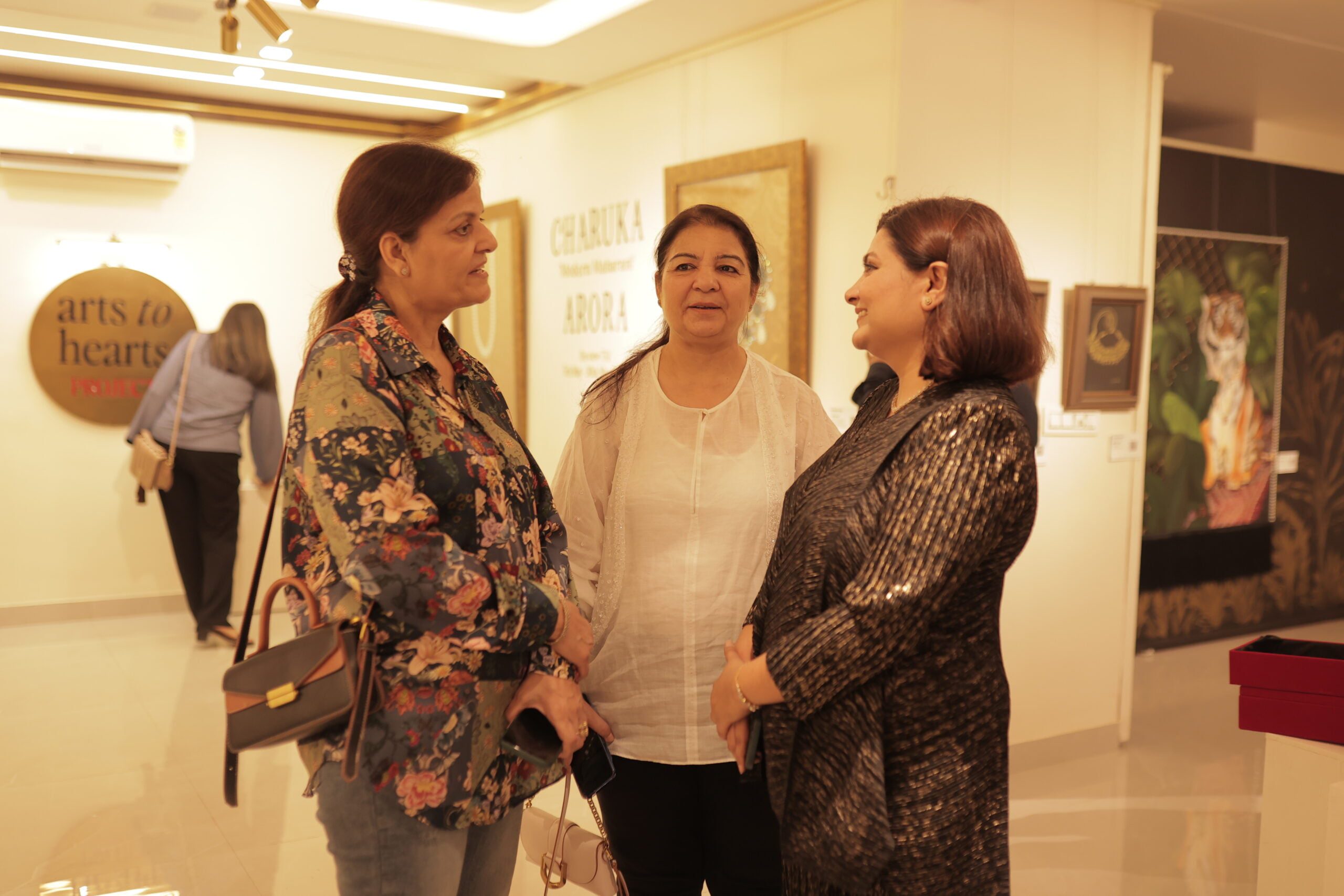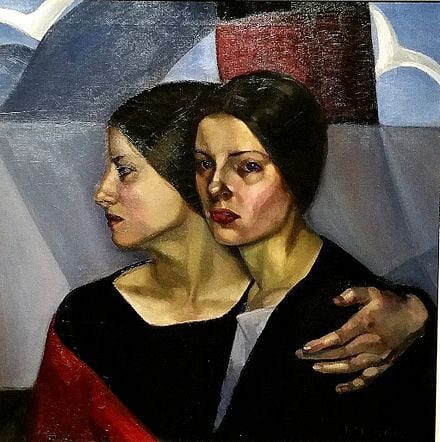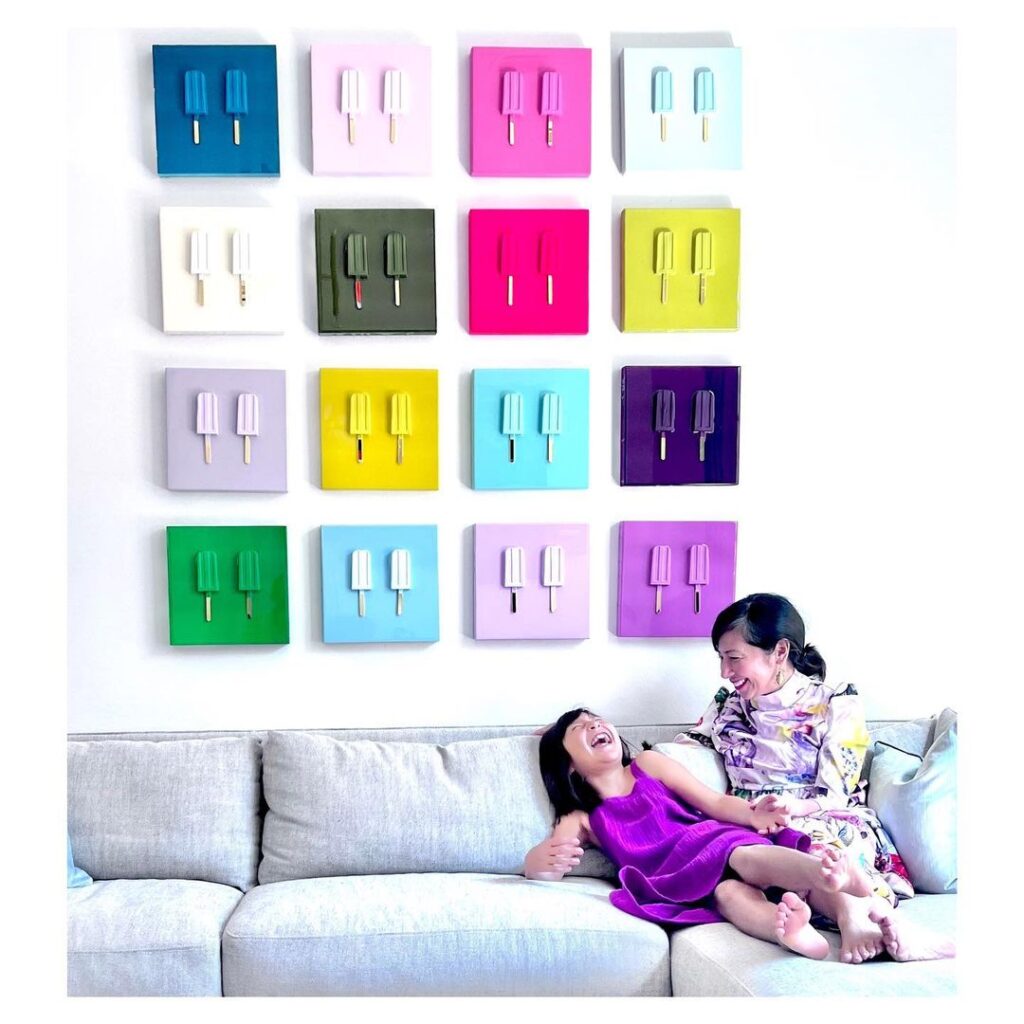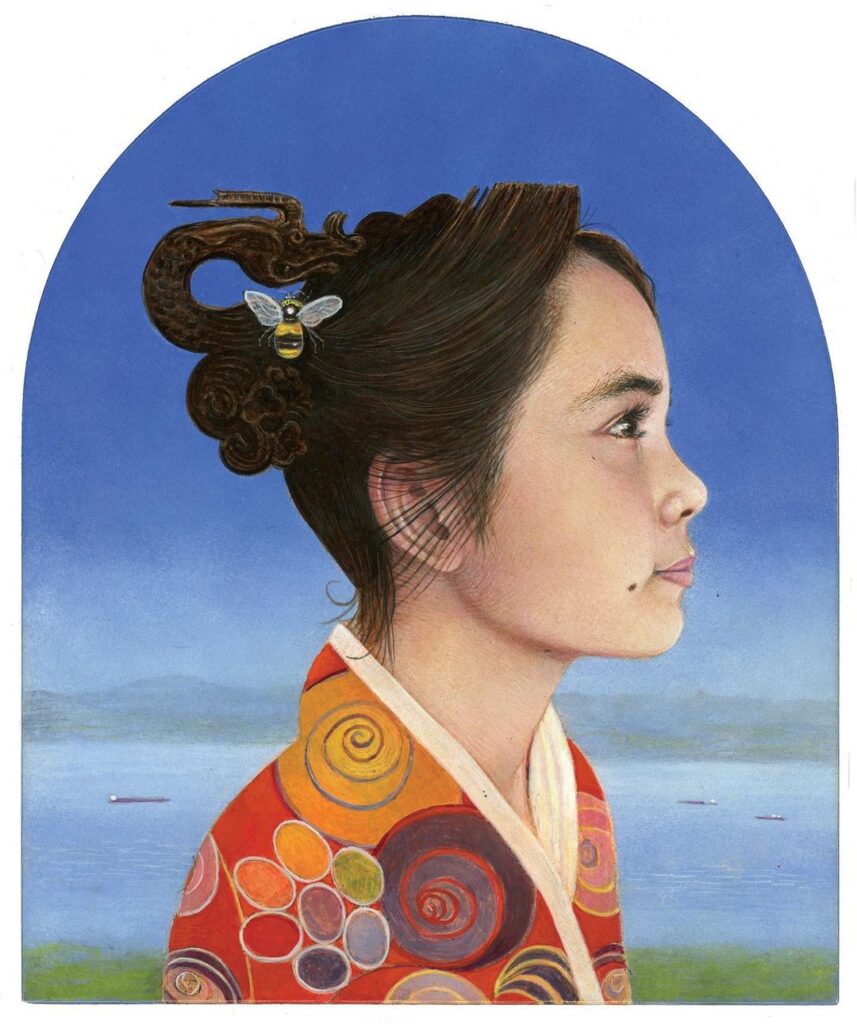
Cissy Spoelstra: An Interview Exploring a Sun-Powered Photographic Journey


Cissy Spoelstra is a Dutch photographer, based in Leiden. She studied creative photography at the Photo Academy in Amsterdam and worked as a photographer until March 2020 when she was forced to stay at home due to the pandemic. This enabled her to finally find the time to start to create, explore, invent and develop all her ideas. Cissy Spoelstra was always interested in alternative photography and started cyanotypes because one just needs the sun, some -environmentally friendly- fluids and paper or other materials to print on. Making cyanotypes is her main occupation now, but she also makes Polaroid emulsion lifts and works in analogue photography.
Once Cissy Spoelstra started working with cyanotypes, she really got caught up in them! She loves to experiment with a lot of materials.
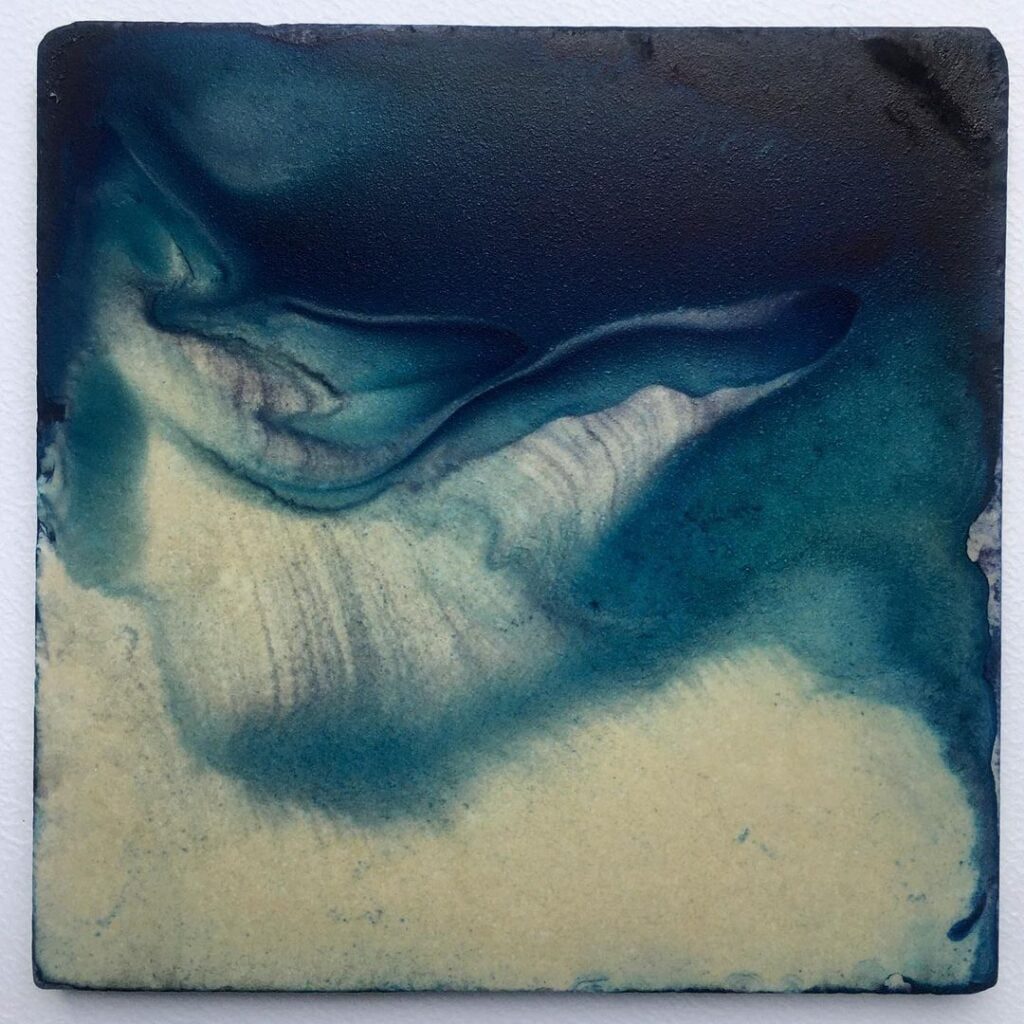
In this exclusive interview with the artist Cissy Spoelstra, she talks about her journey from being a photographer to making her own artworks using cyanotypes with Nature. ‘Developed by the sun, washed by the sea‘, is how she describes the process. Cissy also shares how the unpredictable outcome of her artworks makes them unique.
1. Cissy, I love what you are doing with the cyanotypes. How did you start doing cyanotype artwork from being a photographer?
During my studies at the photo academy in Amsterdam, I was taught about the history of photography. Anna Atkins was one of the earliest photographers who created what can be considered the first published books of photography: ‘Photographs of British and Foreign Algae’ (1843-1853) She mostly used the cyanotype process and her prints were sold and viewed as art. Her life and work immediately appealed to my imagination. I admire her for her entrepreneurship, her love of nature and the environment and her perseverance. Being a woman in the middle of the 19th century it must have been a challenge.
In March 2020, when I was forced to stay at home due to the pandemic, I finally found the time to start to create, explore and develop all my ideas. The choice to make cyanotypes was fairly logical; Cyanotypes are easy to make at home because one just needs the sun, some chemicals and paper. I loved and still love the unpredictable outcome and the imperfections. Purposely imperfection gives my work the personality that I’m looking for.

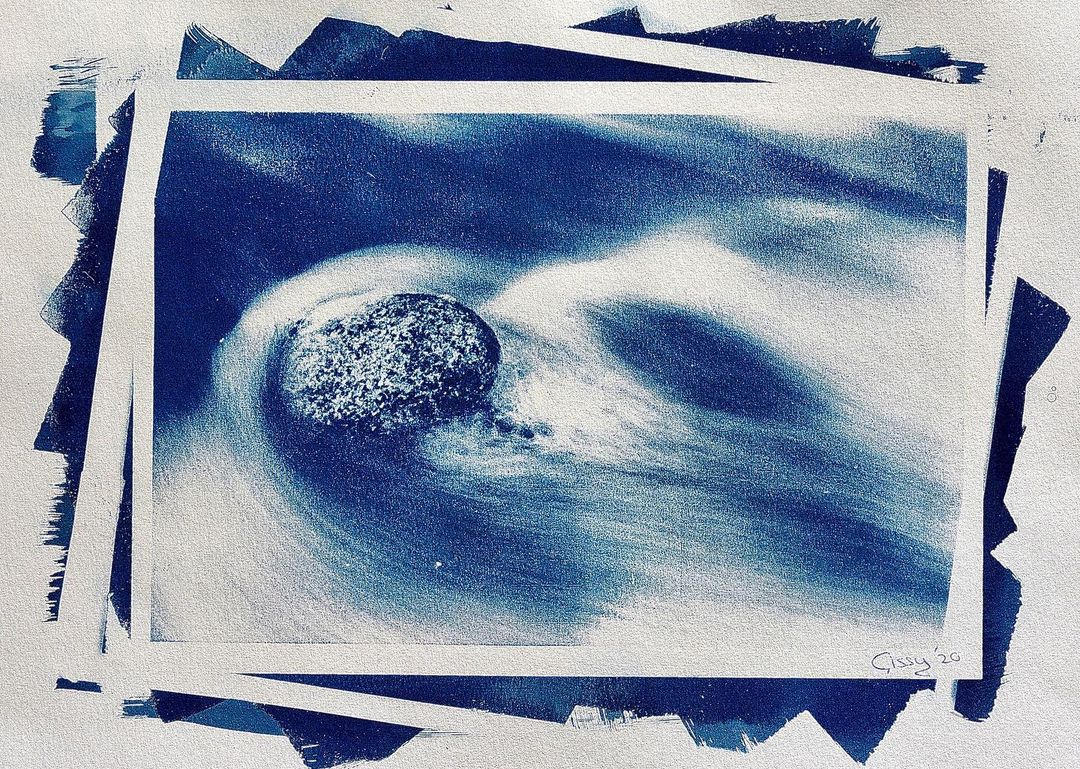
2. So how would you describe your relationship with nature, since it plays a major role in your artworks?
Nature is playing an important role in my artwork. I create my work together with the help of nature to raise awareness for the environment. All life depends on water, it’s a predisposing factor, that’s why I choose to give the sea a voice in my work: ‘Developed by the sun, washed by the sea’. My tiles are a symbol of our houses which will be flooded if we don’t change our climate policy.
So listen to what the sea is telling you. This idea is expressed in a poem by Paul van Vliet:
‘The sea spoke up that afternoon And said: All will be over soon, So often I am wondering if people know, she said, About the years of weariness and suffering I have had, There are days that I feel that the end is at hand. That’s what the sea said – and she wasn’t even trying To hide from me that she is slowly dying.’
Purposely imperfection gives my work the personality that I’m looking for.
3. Let’s talk about the process of washing tiles. It seems pretty interesting. How does this process work for you?
The tiles are painted by me in my dark room. I cover them with a couple of layers of cyanotype fluid. After drying I’ll take them to the beach and lay them down at the shore to wait for the tide coming in. The cyanotype process uses a mixture of iron compounds, which when exposed to UV light and washed by water or the sea oxidase to Prussian blue tiles.
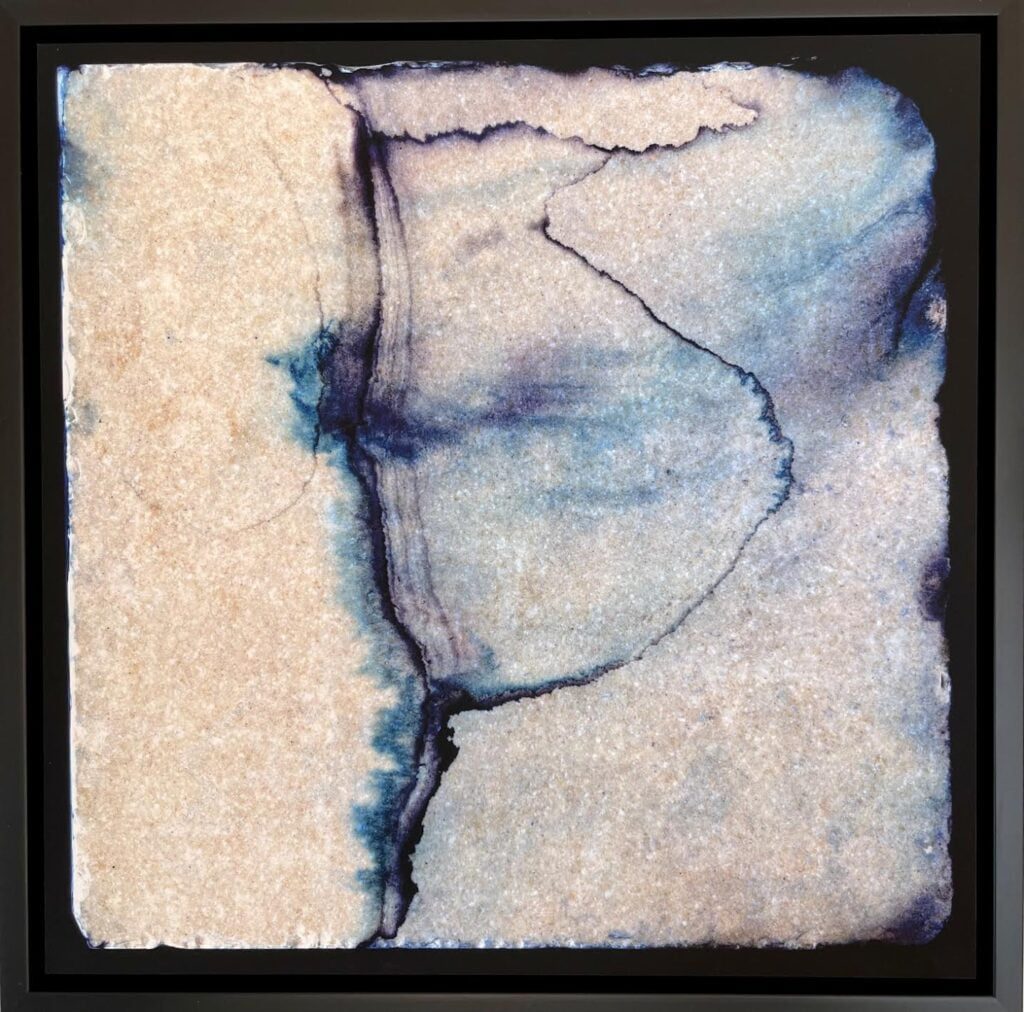
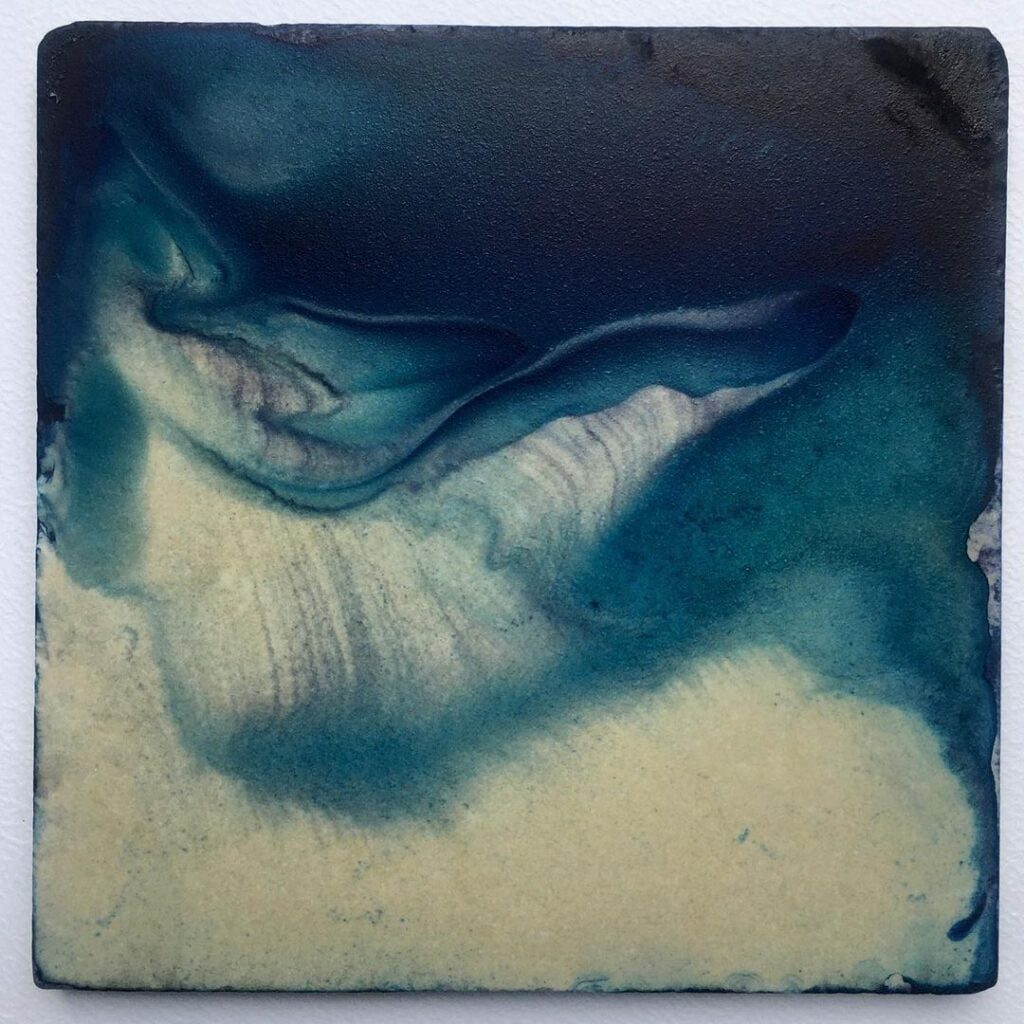
4. As I understand, your work does not have a definite outcome. How do you approach your work when you have little to no idea where it will go?
The work always has an unpredictable outcome, which I like very much. After a lot of experimenting and practice, I can influence more and more of the outcome but beautiful mistakes are still happening. Purposely imperfection gives my work the personality that I’m looking for. Every blueprint or tile is there for a unique work of art.
All life depends on water, it’s a predisposing factor, that’s why I choose to give the sea a voice in my work
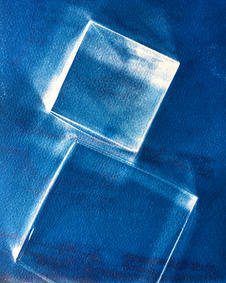
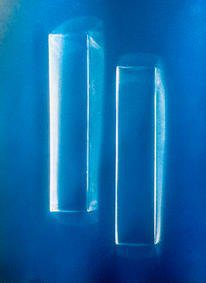
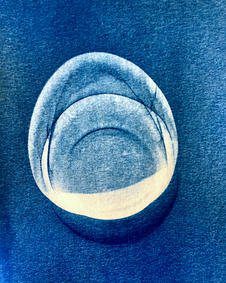
5. Cissy your ‘transparency’ series seems quite interesting, what message do you wish to convey through your work?
In my transparency series I want to clearly show that if you are transparent, you can trust yourself and be trusted by others. Being emotionally transparent, sharing your sadness, joy, fears and anger is a way of being truly honest about yourself. It helps you to get closer to a relationship or a friendship. Working with transparent objects in cyanotypes is as much a challenge as being emotionally transparent.
Read more about Cissy










